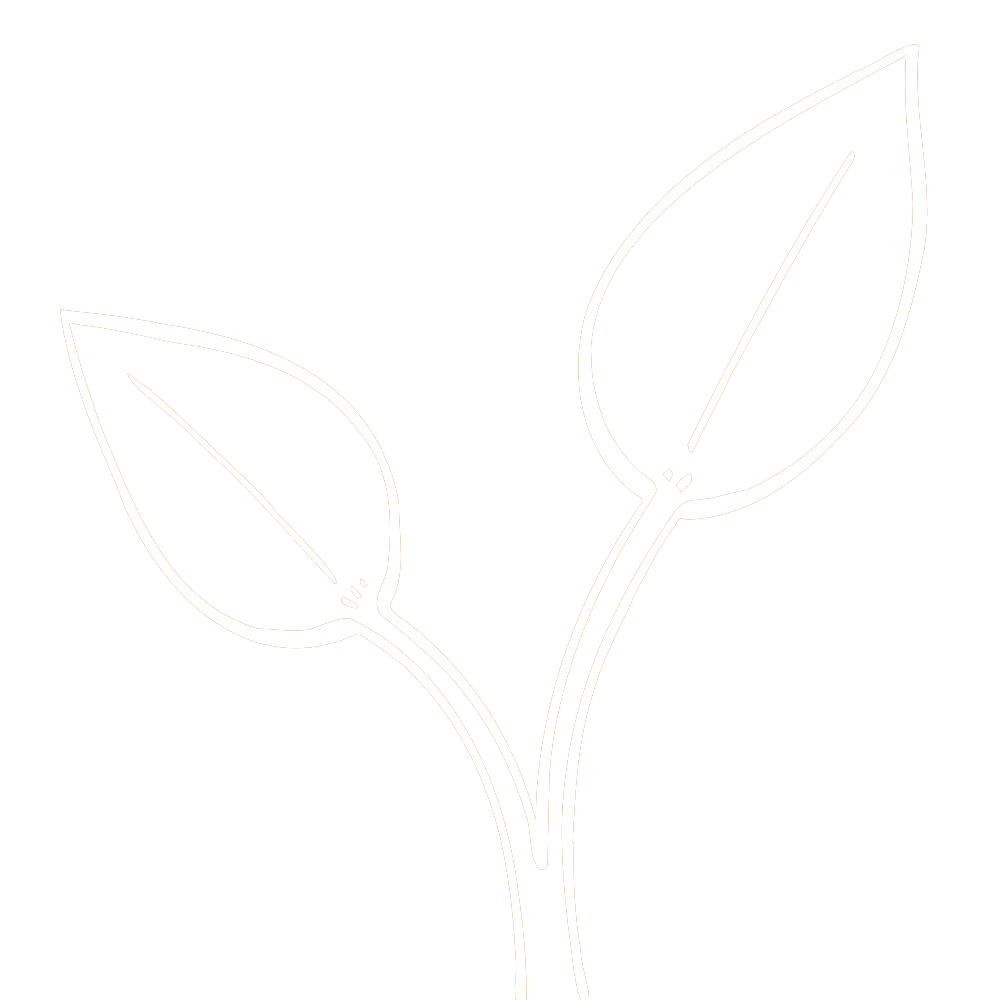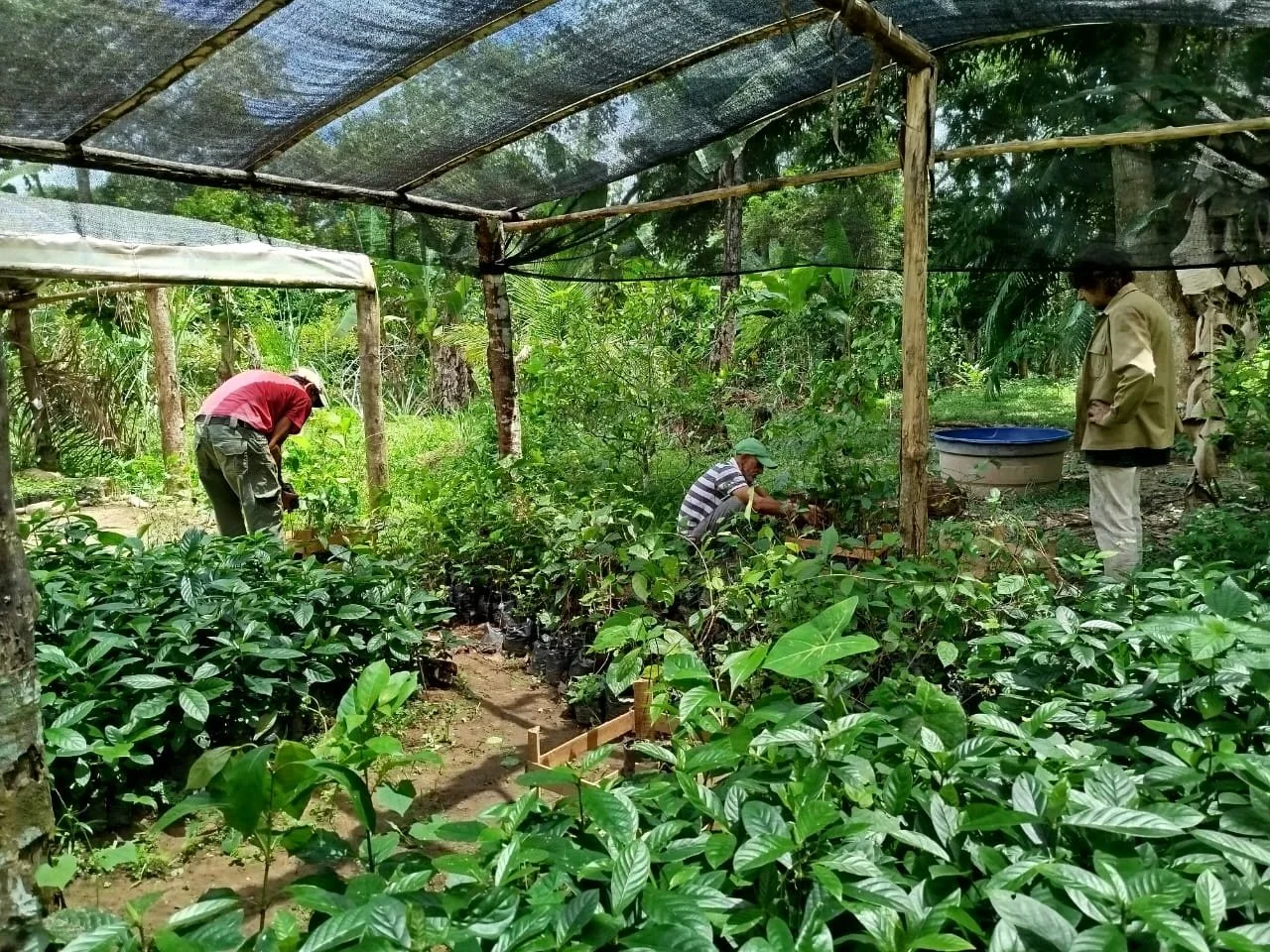
The Problem
The Amazon rainforest is one of the most biodiverse and culturally rich regions on Earth. It is often called the “lungs of the Earth” for its vital role in producing oxygen and regulating the planet’s climate. However, this lifeline is under significant threat—not just from deforestation and industrial exploitation, but also from the overharvesting of its sacred plants.
The Ayahuasca vine (Banisteriopsis caapi) and Chakruna plant (Psychotria viridis), central to the spiritual and healing traditions of many Indigenous Amazonian tribes, are rapidly disappearing. This crisis threatens not only the plants but the deeply rooted cultural knowledge and traditions that rely on them.
A Crisis of Overharvesting
However, as Ayahuasca vines become scarcer:
A Cycle of Taking and Consuming: Excessive demand from outsiders perpetuates patterns of exploitation, ignoring Ayahuasca’s core teachings of reciprocity and respect.
Tribes Must Outsource Medicine: With local vines depleted, communities are forced to buy or seek Ayahuasca elsewhere, placing additional financial burdens on already vulnerable populations.
Knowledge Fades: As fewer vines are available, fewer opportunities exist for young people to learn traditional medicine-making, threatening the survival of this cultural wisdom.
Without intervention, these pressures risk permanently severing the sacred connection between Indigenous communities and their heritage.
Historical Exploitation and Environmental Disruption
Photo of enslaved boys carrying loads of rubber weighing 75kg, which were transported over 60 miles, taken by Roger Casement, 1910. Source: National Library of Ireland.
In recent decades, the global interest in Ayahuasca as a tool for healing and spiritual growth has surged. Ceremonies once confined to Indigenous traditions are now hosted worldwide, fueling a demand for Ayahuasca that the Amazon’s natural resources cannot sustain.
80% Decline: Populations of Ayahuasca vines have plummeted by an estimated 80% due to overharvesting.
Slow Growth: Ayahuasca vines require years to mature, meaning that excessive harvesting today creates shortages that may take decades to recover from.
The Chakruna plant, an essential component of the Ayahuasca brew, faces similar pressures, compounding the issue. For Indigenous communities, Ayahuasca is more than a plant—it is a teacher, a guide, and a bridge between worlds. Its preparation and use are sacred practices passed down through generations.
The challenges facing the Ayahuasca vine are part of a deeper legacy of exploitation in the Amazon:
The Rubber Trade
During the late 19th and early 20th centuries, the rubber boom inflicted one of the largest yet least-recognized genocides in modern history. Entire Indigenous populations were decimated, with some tribes losing up to 90% of their people.
Missionary Suppression
Over successive waves, missionaries labelled Indigenous spiritual practices as “pagan” and forbade the use of native languages, ceremonies, and traditional medicines. In some tribes, entire cultural heritages were lost. Others—like the Yawanawá—retained just enough ancestral knowledge to begin a slow and determined process of revitalization.
A Risk of Repeating History
Today’s surge in Ayahuasca demand, if approached without care, threatens to perpetuate these same cycles of exploitation. Overharvesting not only endangers the vine itself but also undermines the cultural sovereignty of the communities who have safeguarded Ayahuasca’s wisdom for generations.



